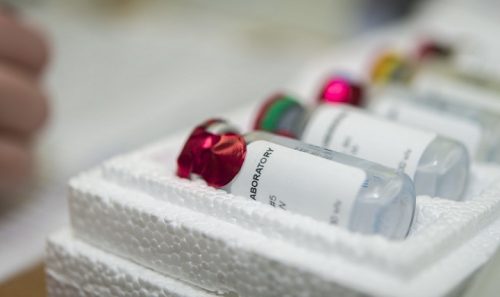Preventing antibiotic resistance on the farm
December 20, 2017

(U.S. Navy photo)
Antimicrobial resistance is a serious problem impacting both human and animal health. The Centers for Disease Control and Prevention (CDC) estimates that more than two million antibiotic resistant infections occur annually in humans, resulting in some 23,000 deaths. In order to help stem the development of antimicrobial resistance, the veterinary and animal agriculture sectors are adapting medication practices which mirror requirements already in place in human medicine.
WIFSS supporting livestock producers
In order to support livestock producers facing these new regulations Dr. Michael Payne, Dairy Outreach Coordinator, with the help of Greg Wlasiuk, WIFSS Curriculum Designer, recently completed the development of a series of short informational videos for dairy producers. The goal of this video series is to raise awareness about the facts around antibiotic resistance and describes how to implement sustainable livestock medication practices. Benefits to updating farm protocols potentially include reducing medication costs and preserving treatment effectiveness on the farm.
Topics in video series
The topics covered in this series include:
- What is antibiotic resistance and how does it develop?
- Why should producers care about resistance?
- What is good stewardship look like on the farm?
- A quick look at the new state and federal laws
This video series is available online. The team of experts at WIFSS plans to further its library of AMR instructional materials for food animal producers, veterinarians, legislators, and the public, in 2018. Questions can be directed to Heather Johnson and Mike Payne.
